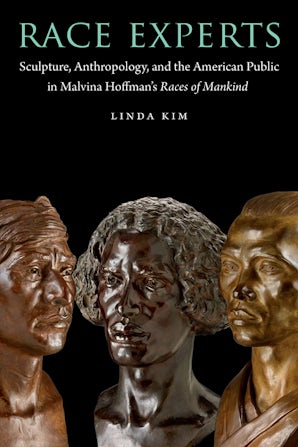"Kim's book, well researched and eloquently presented, is a necessary corrective and intervention on the interwar period, when scientists and cultural anthropologists were theorizing race in new, more complex ways."—K. P. Buick, Choice
"Throughout her book, Kim’s analysis of the intersection of 1930s “race experts”—scientists, artists, and lay persons—is rich and insightful and it has relevance for understanding the processes through which race is constructed today. It is worth a close reading."—Dr. Mary Jo Arnoldi, New England Quarterly
“Race Experts performs a great service to students of American race and racism, revealing in detail the way that twentieth-century race ideology was produced at the nexus of formal systems of thought, aesthetics, and entertainment culture. . . . Meticulously researched and brilliantly narrated, the story Kim tells of the history of race stubbornly asserts itself as contemporary critique. Along the way, Kim makes plain the significant role that world’s fairs and international expositions have played in the staging of race and making of modernity.”—Tracey Jean Boisseau, associate professor of women’s, gender, and sexuality studies at Purdue University and author of White Queen: The Imperial Origins of American Feminist Identity
“Innovative and well-documented. . . . Kim deftly explores such important questions as the agency of the artist and her models, scientific ideas of race, and the viewing public’s racialism. It is an ambitious argument in the best sense.”—Alice L. Conklin, Distinguished University Scholar and professor of history at Ohio State University
“The question of how and why scientific expertise fails to dislodge popular, antithetical views is very important. Linda Kim’s argument that art served as a mediator is an interesting and original approach to the issue of how scientific knowledge is represented to the public and the vexed relationship between the two. This interdisciplinary work will likely attract readers in many fields, including art history, anthropology, history, and museum studies.”—Julia E. Liss, professor of history at Scripps College
